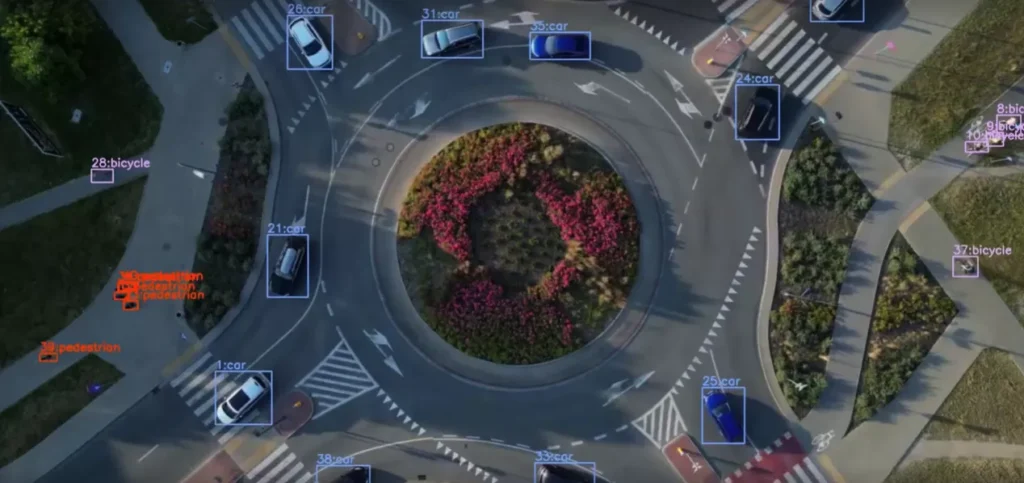


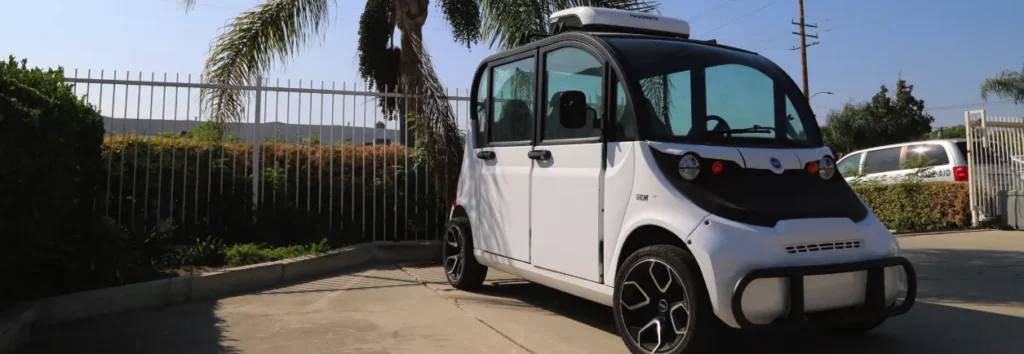
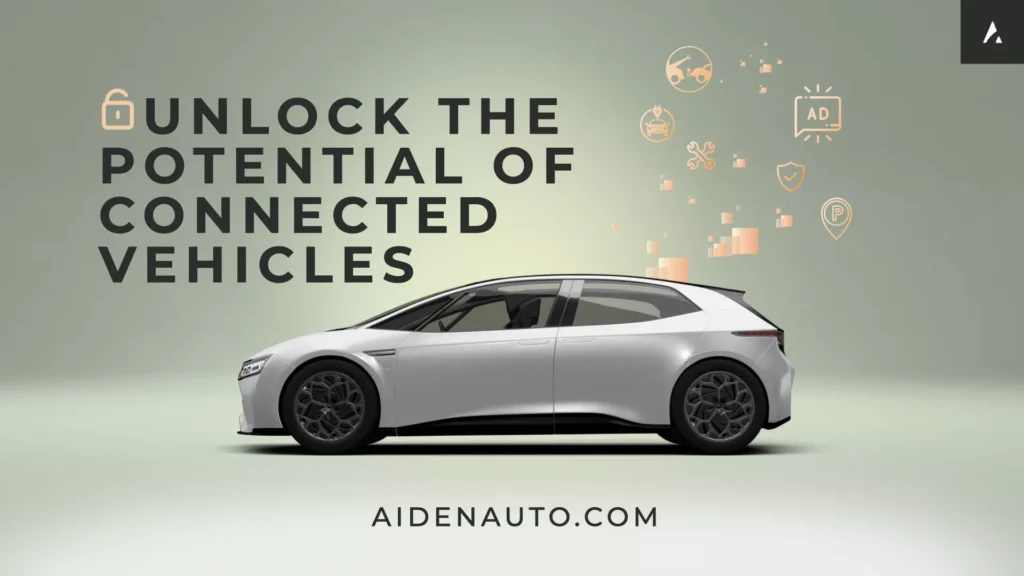





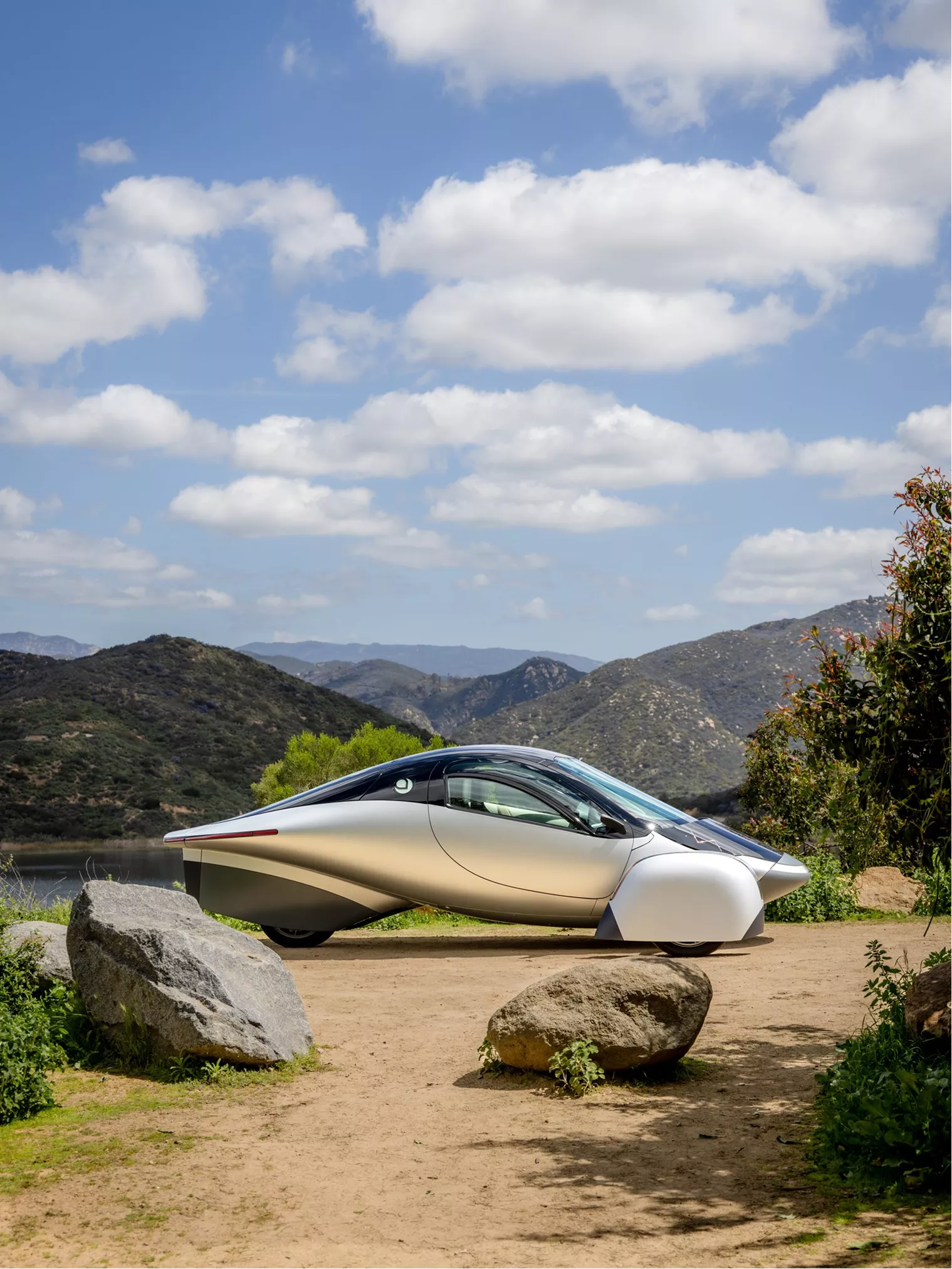
From EVs and batteries to autonomous vehicles and urban transport, we cover what actually matters. Delivered to your inbox weekly.
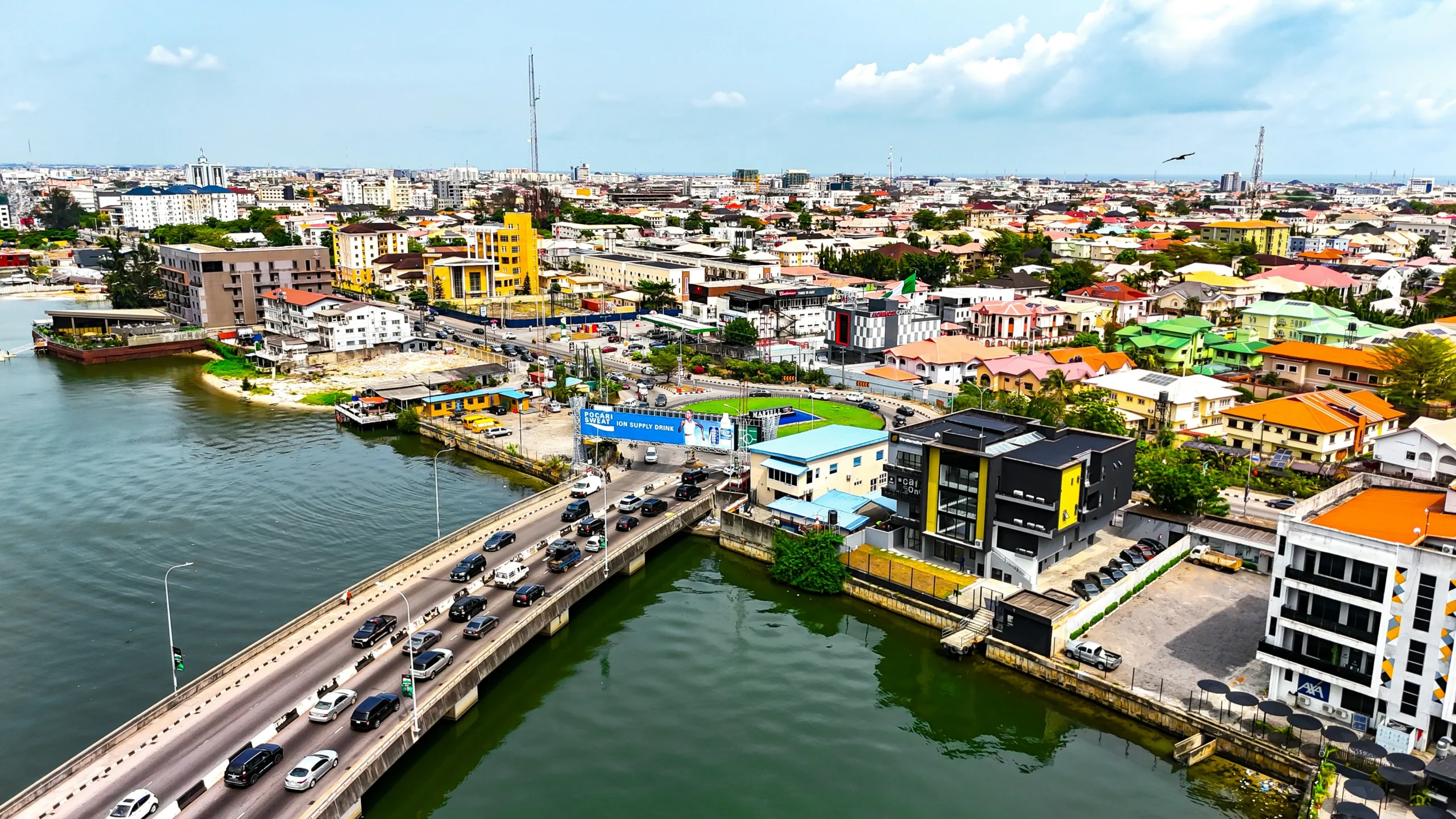
Namibia has officially committed to rethinking how its cities move. On July 24, 2025, government officials, urban planners, and transport stakeholders pledged to overhaul urban mobility and transport policy, signaling a broader effort to fix rising transportation challenges in the country’s growing urban centers.
Like many fast-growing regions, Namibia is grappling with a mix of stalled infrastructure, rising car use, and gaps in public and non-motorized transport. These problems increase costs for the economy, strain public services, and limit access for low-income residents. The call to overhaul policy suggests that leaders see current approaches as misaligned with both the country’s development goals and global climate expectations.
While there’s limited detail now, the language of the pledge aligns with region-wide momentum on urban transport reform. Countries across southern Africa are updating outdated mobility systems to manage urban growth, reduce emissions, and improve social equity. Namibia’s commitment adds weight to that trend and could position it to tap into newer funding mechanisms tied to climate action and infrastructure development.
What comes next will depend on how quickly Namibia can turn the pledge into real policy updates and pilot projects. Early efforts to map out transit needs, assess infrastructure quality, and test new service models will be critical. So will coordination between ministries, city governments, and local communities.
If executed thoughtfully, this rethink could lay the groundwork for a more responsive, lower-carbon transport system. It also reflects a growing recognition that mobility is not just about cars or buses—it’s a basic part of economic access, livable cities, and future-proof infrastructure.
“`